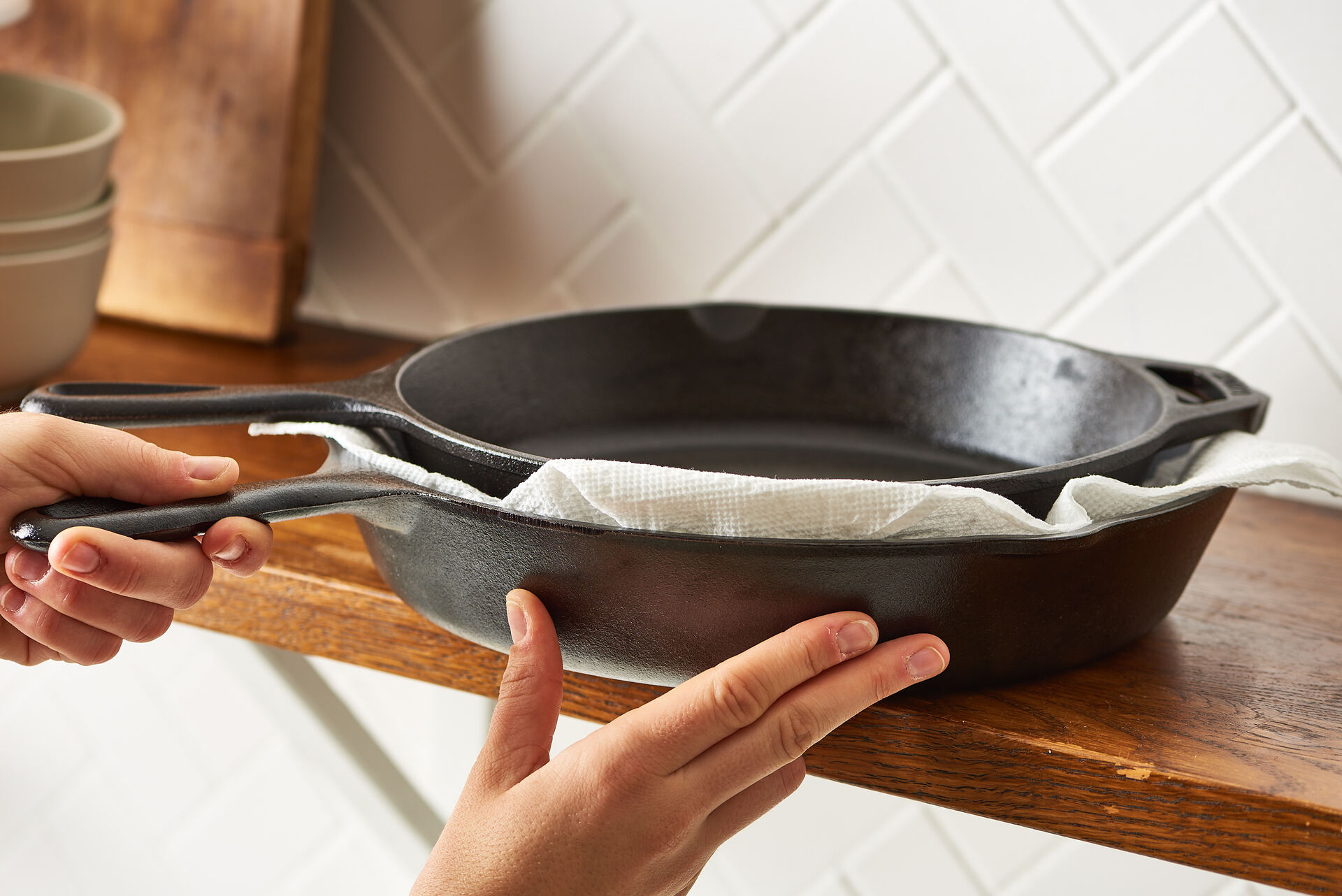

Articles
How To Store Cast Iron
Modified: January 5, 2024
Learn the best methods for storing and preserving your cast iron cookware with our informative articles. Keep your cast iron in top condition for years to come.
(Many of the links in this article redirect to a specific reviewed product. Your purchase of these products through affiliate links helps to generate commission for Storables.com, at no extra cost. Learn more)
Introduction
Cast iron cookware has been a staple in kitchens for centuries, known for its durability and ability to retain and distribute heat evenly. Whether you’ve inherited a cherished cast iron skillet from your grandmother or have recently invested in a brand new Dutch oven, proper storage is essential to maintain the longevity and performance of these timeless pieces. In this article, we will explore the best practices for storing cast iron and provide various storage options for different kitchen setups.
When it comes to storing cast iron, there are a few key considerations to keep in mind. Firstly, you’ll want to ensure that the cookware is thoroughly cleaned and dried before storing to prevent the formation of rust. Additionally, it’s important to find a storage solution that maximizes space efficiency and minimizes the risk of damage or accidental falls. Lastly, proper seasoning and periodic maintenance are crucial for maintaining the integrity of your cast iron and keeping it in top-notch condition.
Whether you have a small kitchen with limited storage options or a spacious culinary haven, there are several methods for storing your cast iron cookware. From cupboards and ovens to stovetop display and pot racks, you’ll find a solution that suits your needs and kitchen layout. Without further ado, let’s dive into the world of cast iron storage!
Key Takeaways:
- Properly storing cast iron cookware is crucial for maintaining its longevity and performance. Whether in a cupboard, oven, on the stovetop, on a pot rack, or in a storage bag, following the appropriate guidelines will keep your cast iron in optimal condition.
- Regularly inspect your cast iron for rust or damage, and address them promptly. By following proper care and storing techniques, you can enjoy the cooking versatility and durability of your cast iron for generations to come.
Read more: How To Store Cast Iron Outside
Seasoning Cast Iron
Before delving into the various storage options, it’s important to touch upon the topic of seasoning cast iron. Seasoning refers to the process of applying a layer of oil to the surface of the cookware to create a protective barrier against rust and improve its non-stick properties.
To season your cast iron cookware, start by scrubbing it with hot water and a stiff brush to remove any food residue. Avoid using soap, as it can strip away the seasoning. Once cleaned, thoroughly dry the cookware with a towel or by placing it over low heat on the stovetop for a few minutes.
Next, apply a thin layer of oil to the entire surface of the cookware, including the handle. Common oils used for seasoning include vegetable oil, canola oil, or flaxseed oil. Rub the oil into the cast iron using a cloth or paper towel, making sure to coat every nook and cranny.
Once the cookware is coated in oil, place it upside down in an oven preheated to around 350°F (175°C). This allows any excess oil to drip off and prevents pooling. Bake the cookware for about an hour, then turn off the heat and let it cool in the oven. This seasoning process can be repeated multiple times to build up a better seasoning layer.
Seasoning your cast iron cookware not only protects it from rust but also improves its natural non-stick properties. The more you use and care for your cast iron, the better the seasoning will become over time.
Now that we’ve covered the basics of cast iron seasoning, let’s move on to exploring different storage options for your beloved cookware.
Cleaning Cast Iron
Proper cleaning is a crucial part of maintaining your cast iron cookware and ensuring its longevity. When it comes to cleaning cast iron, there are a few guidelines to follow to preserve the seasoning and avoid damage.
Firstly, it’s important to note that cast iron should never be cleaned with soap or placed in a dishwasher. Soap can strip away the seasoning, while the harsh dishwasher environment can lead to rust and damage. Instead, opt for a simple and gentle cleaning routine.
After using your cast iron cookware, allow it to cool down slightly. It’s best to clean it while it’s still warm, as this makes it easier to remove any food residue. Using a non-abrasive brush or sponge, gently scrub the surface under warm water. Avoid using steel wool or harsh scrubbers, as these can damage the seasoning.
If there are stubborn food particles stuck to the surface, you can add a bit of coarse salt to act as a gentle abrasive. Pour a small amount of salt onto the cookware and use a cloth or sponge to scrub the surface. The salt will help loosen the stuck-on food without scratching the cast iron.
Once the cookware is clean, rinse it thoroughly with warm water to remove any remaining salt or residue. Avoid letting the cast iron soak in water, as this can lead to rust. Instead, dry it immediately after rinsing.
To dry your cast iron cookware, use a clean towel or paper towels to thoroughly remove any moisture. You can also place the cookware on the stovetop over low heat for a few minutes to evaporate any remaining moisture.
Once your cast iron cookware is clean and dry, it’s important to apply a thin layer of oil to prevent rust and maintain the seasoning. You can use a rag or paper towel to apply a small amount of oil to the surface, making sure to coat it evenly.
By following these cleaning guidelines, you can keep your cast iron cookware in excellent condition and ready for its next culinary adventure.
Drying Cast Iron
Proper drying is a critical step in maintaining your cast iron cookware and preventing the formation of rust. After cleaning your cast iron, it’s essential to ensure that it is thoroughly dried before storing it.
One method for drying cast iron is to use a clean towel or paper towels. Gently wipe the surface of the cookware to remove any remaining moisture. Pay close attention to the corners, ridges, and handle, as water can easily accumulate in these areas. Be thorough to prevent any moisture from lingering and potentially causing rust.
If you prefer, you can also air-dry your cast iron cookware. Once you’ve finished drying it with a towel, simply set it aside in a well-ventilated area to let any remaining moisture evaporate naturally. This method may take slightly longer, but it ensures that the cookware is completely dry before storing.
For those who prefer a more expedited drying process, placing the cast iron on the stovetop over low heat can help to speed up evaporation. Heat the cookware for a few minutes, turning it occasionally to allow the moisture to evaporate. Be cautious not to overheat the cast iron, as excessive heat can damage the seasoning or cause warping.
It’s important to note that cast iron should never be stored while still damp or wet. Moisture left on the surface can lead to the formation of rust, which can be difficult to remove. It’s crucial to take the time to ensure that your cast iron cookware is completely dry before proceeding with storage.
Once your cast iron is dry, it’s ready to be stored using one of the various methods we’ll explore in the upcoming sections. Proper drying, along with regular seasoning and cleaning, will help to maintain the integrity of your cast iron cookware and ensure its longevity for years to come.
Storing Cast Iron
When it comes to storing your beloved cast iron cookware, there are several options to consider depending on your kitchen setup and personal preferences. The goal is to find a storage solution that maximizes space efficiency while keeping your cast iron safe and easily accessible.
Here are some popular methods for storing cast iron:
Read more: How To Store A Cast Iron Skillet
Storing Cast Iron in a Cupboard or Cabinet
One common and straightforward method is to store your cast iron cookware in a cupboard or cabinet. Ensure that the area is clean and dry to prevent any moisture from accumulating. You can stack the cookware neatly or use pot protectors and dish towels to separate and cushion each piece. Avoid overcrowding the cupboard or cabinet to prevent scratching or damage.
Storing Cast Iron in an Oven
If you have limited cabinet space or simply prefer to keep your cast iron within easy reach, storing it in the oven is a convenient option. Ensure that the oven is clean and empty before placing the cookware inside. This method keeps your cast iron cookware well-organized and easily accessible for your next cooking adventure. Just remember to remove the cookware from the oven before preheating or using the oven for other purposes.
Storing Cast Iron on the Stovetop
For those who have ample stovetop space, storing cast iron on top of the stove can be a visually appealing and practical option. You can place a sturdy trivet or heat-resistant mat on the stovetop to protect the surface. This method allows for easy access to your cast iron cookware while adding a rustic touch to your kitchen decor.
Storing Cast Iron on a Pot Rack
If you have a pot rack or hanging storage system, it can be an excellent option for displaying your cast iron cookware. Hanging your cast iron not only saves cabinet space but also showcases the beauty of these timeless pieces. Just make sure the pot rack is sturdy enough to support the weight of your cast iron cookware and that it’s installed in a suitable location within your kitchen.
Read more: How To Store A Cast Iron Pan
Storing Cast Iron in a Storage Bag or Container
If you need to store your cast iron cookware in a compact and organized manner, consider using specialized cast iron storage bags or containers. These are designed to protect your cookware from dust, moisture, and potential damage. Ensure that the bags or containers are clean and dry before placing your cast iron inside.
Remember, regardless of the storage method you choose, it’s essential to ensure that your cast iron cookware is clean, dry, and seasoned before storing it. Regularly inspect your stored cast iron to check for any signs of rust or damage and address them promptly.
By implementing these storage methods and paying close attention to the care and maintenance of your cast iron cookware, you can enjoy the benefits and longevity of these culinary treasures for years to come.
Storing Cast Iron in a Cupboard or Cabinet
One of the most common and practical methods for storing cast iron cookware is to keep it in a cupboard or cabinet. This option is ideal for those who prefer a neat and organized storage solution while ensuring that their cast iron is easily accessible when needed.
Here are some tips for storing your cast iron cookware in a cupboard or cabinet:
1. Clean and Dry the Cookware:
Before storing your cast iron, make sure it is thoroughly cleaned and dried. Follow the proper cleaning and drying steps we discussed earlier to remove any food residue and moisture. This prevents the formation of rust and keeps your cookware in top-notch condition.
2. Stack Neatly or Use Pot Protectors:
When arranging your cast iron cookware in the cupboard or cabinet, you have two options – stacking them neatly or using pot protectors. If you choose to stack them, place the larger and heavier pieces at the bottom and stack the smaller ones on top. To protect the seasoning and prevent scratching or damage, you can place pot protectors or dish towels between the cast iron pieces.
Read more: How To Store Cast Iron Skillet
3. Maximize Space Efficiency:
To make the most of the cupboard or cabinet space, consider using vertical dividers or adding shelves. This allows you to separate and organize your cast iron cookware effectively. You can also utilize adjustable shelving units to customize the space according to your needs.
4. Avoid Overcrowding:
It’s important not to overcrowd the cupboard or cabinet with your cast iron. Give each piece enough space to prevent them from rubbing against each other, which can potentially damage the seasoning. Crowding can also make it more difficult to access the desired cookware when you need it.
5. Maintain the Environment:
Ensure that the cupboard or cabinet where you store your cast iron is clean, dry, and well-ventilated. Moisture can lead to rust formation, so it’s important to avoid any dampness. Consider using moisture-absorbing packets or silica gel packets to help keep the area dry.
By following these guidelines, you can safely store your cast iron cookware in a cupboard or cabinet, keeping it organized and ready for use whenever you need it. Regularly inspect your cast iron for any signs of rust or damage and address them promptly to maintain the longevity and performance of your cherished cookware.
Storing Cast Iron in an Oven
If you have limited storage space in your kitchen or prefer to have your cast iron cookware easily accessible, storing it in the oven can be a convenient option. Utilizing the oven not only keeps your cast iron within reach but also helps to keep your kitchen organized and clutter-free.
Read more: How To Store Cast Iron Pan
Here are some tips for storing your cast iron cookware in the oven:
1. Clean and Dry the Cookware:
Before storing your cast iron in the oven, ensure that it is thoroughly cleaned and dried. Follow the proper cleaning and drying techniques we discussed earlier. This step ensures that your cookware is free from any moisture that could lead to rust formation.
2. Remove Any Oven Racks or Trays:
Clear out the oven of any racks or trays to make space for your cast iron cookware. Store them in a separate location until you need them again.
3. Choose a Suitable Oven Rack:
Select the oven rack that suits your needs and accommodates the size and weight of your cast iron cookware. The bottom or middle rack is often the best choice, as it provides easy access without obstructing other cooking functions.
Read more: How To Use A Cast Iron Waffle Iron
4. Protect the Oven Interior:
Consider placing a heat-resistant mat or tray on the oven rack to protect the interior of your oven from any potential scratching or oil drips from the cast iron. This extra layer of protection keeps your oven clean and prevents any messes that may occur during storage.
5. Arrange the Cookware:
Neatly position your cast iron cookware on the oven rack. Place larger and heavier pieces at the bottom, with smaller ones on top. Ensure there is sufficient space between the pieces to avoid direct contact and any potential damage to the seasoning.
6. Keep an Eye on the Cookware:
When using the oven for cooking, take care to remove the cast iron cookware beforehand. Always double-check the oven before preheating or cooking to ensure you haven’t inadvertently stored any cookware inside. Leaving cast iron in the oven while cooking can lead to overheating or damage to the seasoning.
Storing your cast iron cookware in the oven not only keeps it within easy reach but also utilizes an otherwise unused space in your kitchen. Just remember to exercise caution and awareness when using the oven to ensure the safety and preservation of your prized cast iron cookware.
Storing Cast Iron on the Stovetop
For those who have ample stovetop space and want to showcase their beloved cast iron cookware, storing it on the stovetop can be an excellent option. This method adds a touch of rustic charm to your kitchen while keeping your cast iron easily accessible for everyday cooking.
Read more: How To Store Cast Iron Pans Long Term
Here are some tips for storing your cast iron cookware on the stovetop:
1. Choose a Suitable Location:
Select a location on your stovetop that is convenient and doesn’t obstruct your cooking area. The back burner or a corner of the stovetop are popular choices for storing cast iron cookware. Ensure that the area is stable and can safely support the weight of the cookware.
2. Protect the Stovetop Surface:
To prevent any scratches or damage to your stovetop surface, place a heat-resistant mat or trivet on the stovetop. This provides a protective barrier between the cookware and the surface, preventing any direct contact that may cause scratching or heat damage.
3. Arrange the Cookware:
Neatly arrange your cast iron cookware on the stovetop, taking care to position them in a way that minimizes the risk of accidental falls or damage. Place larger and heavier pieces at the back and smaller ones in the front for easy access.
4. Avoid Overcrowding:
Ensure that you don’t overcrowd the stovetop with too many pieces of cast iron cookware. Leave enough space between each piece to prevent them from touching or knocking against each other, which can cause scratches or damage to the seasoning.
5. Clean and Dry the Cookware:
Prior to storing your cast iron on the stovetop, clean and thoroughly dry the cookware to remove any moisture. Follow the appropriate cleaning and drying techniques we discussed earlier. This step prevents rust formation and keeps your cookware in optimal condition.
Storing your cast iron cookware on the stovetop not only adds a decorative element to your kitchen but also provides quick and easy access when you need to grab a skillet or pan for cooking. Just remember to be mindful of the placement and take precautions to protect both the cookware and the stovetop surface.
Storing Cast Iron on a Pot Rack
If you have a pot rack or hanging storage system in your kitchen, storing your cast iron cookware on it can be a practical and aesthetically pleasing option. Hanging your cast iron not only saves space in your cabinets but also showcases the beauty of these timeless pieces.
Here are some tips for storing your cast iron cookware on a pot rack:
Read also: 9 Amazing Cast Iron Waffle Iron For 2024
1. Choose a Sturdy Pot Rack:
Ensure that your pot rack or hanging storage system is sturdy and capable of supporting the weight of your cast iron cookware. It should be securely mounted to the ceiling or wall, with appropriate hardware for added stability. Consult the manufacturer’s guidelines for weight limitations.
2. Arrange the Cookware:
Determine the best arrangement for your cast iron cookware on the pot rack. Place larger and heavier pieces towards the bottom and smaller ones towards the top. This arrangement ensures stability and ease of access when you need to grab a specific piece.
3. Use Proper Hooks or Hangers:
Choose suitable hooks or hangers to hang your cast iron cookware securely from the pot rack. Look for hooks specifically designed for heavy-duty use and ensure they have a strong grip to hold the weight of the cookware. Consider using additional hooks for hanging utensils or lids alongside the cast iron.
4. Protect the Cookware:
Avoid any direct metal-to-metal contact between the cast iron cookware when hanging them on the pot rack. This can cause scratching or damage to the seasoning. Consider using soft cloth covers or felt pads between the cookware pieces to provide a cushion and protect the surfaces.
Read more: How To Repair A Cast Iron Pipe
5. Regularly Inspect for Stability:
Regularly check the pot rack and attached hooks to ensure they are securely fastened and supporting the weight of the cast iron cookware. Periodically inspect the cast iron for any signs of rust or damage, and address them promptly to maintain the integrity of your cookware.
Storing your cast iron cookware on a pot rack not only frees up valuable cabinet space but also adds a unique and decorative element to your kitchen. It allows you to showcase your collection while keeping your cast iron easily accessible for cooking endeavors. Just make sure to select a sturdy pot rack, arrange the cookware thoughtfully, and regularly inspect for stability and maintenance.
Storing Cast Iron in a Storage Bag or Container
If you’re looking for a compact and organized storage solution for your cast iron cookware, using specialized storage bags or containers can be a great option. These bags and containers are designed to protect your cookware from dust, moisture, and potential damage, while keeping them neatly organized.
Here are some tips for storing your cast iron cookware in a storage bag or container:
1. Choose a Suitable Bag or Container:
Select a storage bag or container that is specifically designed for cast iron cookware. Look for options made from durable and moisture-resistant materials, such as canvas or heavy-duty nylon. Ensure that the bag or container is large enough to accommodate your cast iron pieces.
Read more: How To Clean A Cast Iron Fireplace
2. Clean and Dry the Cookware:
Before storing your cast iron cookware, clean and thoroughly dry each piece. Make sure to remove any food residue and moisture to prevent rust formation. Follow the proper cleaning and drying techniques we discussed earlier.
3. Season and Oil the Cookware:
Apply a thin layer of oil to season the cast iron cookware before storing it. This helps to maintain its protective coating and prevent rust. Use a soft cloth or paper towel to evenly distribute a small amount of oil on the surface of each piece.
4. Arrange the Cookware:
Arrange the cast iron cookware in the storage bag or container in a way that maximizes space efficiency and minimizes the risk of scratches or damage. Place larger pieces at the bottom and smaller pieces on top. Consider using soft cloth or foam dividers to separate each piece and provide extra protection.
5. Close and Secure the Bag or Container:
Once your cast iron cookware is properly arranged inside the storage bag or container, close and secure it tightly. Check that all zippers, Velcro, or clasps are securely fastened to keep out dust and moisture. This ensures that your cookware remains protected during storage.
Read more: How To Use A Filley Cast Iron Waffle Iron
6. Store in a Cool and Dry Location:
Find a cool, dry, and well-ventilated area for storing your cast iron cookware. Avoid areas that are prone to high humidity or drastic temperature changes, as these conditions can lead to rust formation. Consider using moisture-absorbing packets or placing a silica gel pack inside the storage bag or container to keep it dry during storage.
Storing your cast iron cookware in a specialized storage bag or container helps to protect it from elements that can cause damage. By following these storage tips, you can keep your cast iron cookware organized, clean, and in excellent condition for future cooking endeavors.
Conclusion
Storing your cast iron cookware properly is essential for maintaining its longevity and ensuring its performance in the kitchen for years to come. Whether you choose to store it in a cupboard, oven, on the stovetop, on a pot rack, or in a storage bag or container, following the appropriate guidelines will help keep your cast iron in optimal condition.
Remember to clean and dry your cast iron thoroughly before storage to prevent rust formation. Seasoning your cast iron regularly helps maintain its non-stick properties and protects against moisture. When arranging your cast iron cookware, consider the size and weight of each piece to avoid scratching or damage.
Storing your cast iron in a cupboard or cabinet provides a neat and organized solution, while storing it in the oven makes use of otherwise unused space. Storing on the stovetop adds a rustic touch and keeps your cookware easily accessible. Hanging your cast iron on a pot rack showcases its beauty and frees up cabinet space. Using storage bags or containers offers compact and protective storage options.
Regularly inspect your cast iron cookware for any signs of rust or damage and address them promptly. This includes re-seasoning if needed and ensuring that the storage environment remains clean, dry, and well-ventilated.
By following these storing techniques and maintaining proper care for your cast iron cookware, you can enjoy its cooking versatility and durability for many generations to come. So, store your cast iron with care, and let it continue to be a prized treasure in your kitchen!
Frequently Asked Questions about How To Store Cast Iron
Was this page helpful?
At Storables.com, we guarantee accurate and reliable information. Our content, validated by Expert Board Contributors, is crafted following stringent Editorial Policies. We're committed to providing you with well-researched, expert-backed insights for all your informational needs.
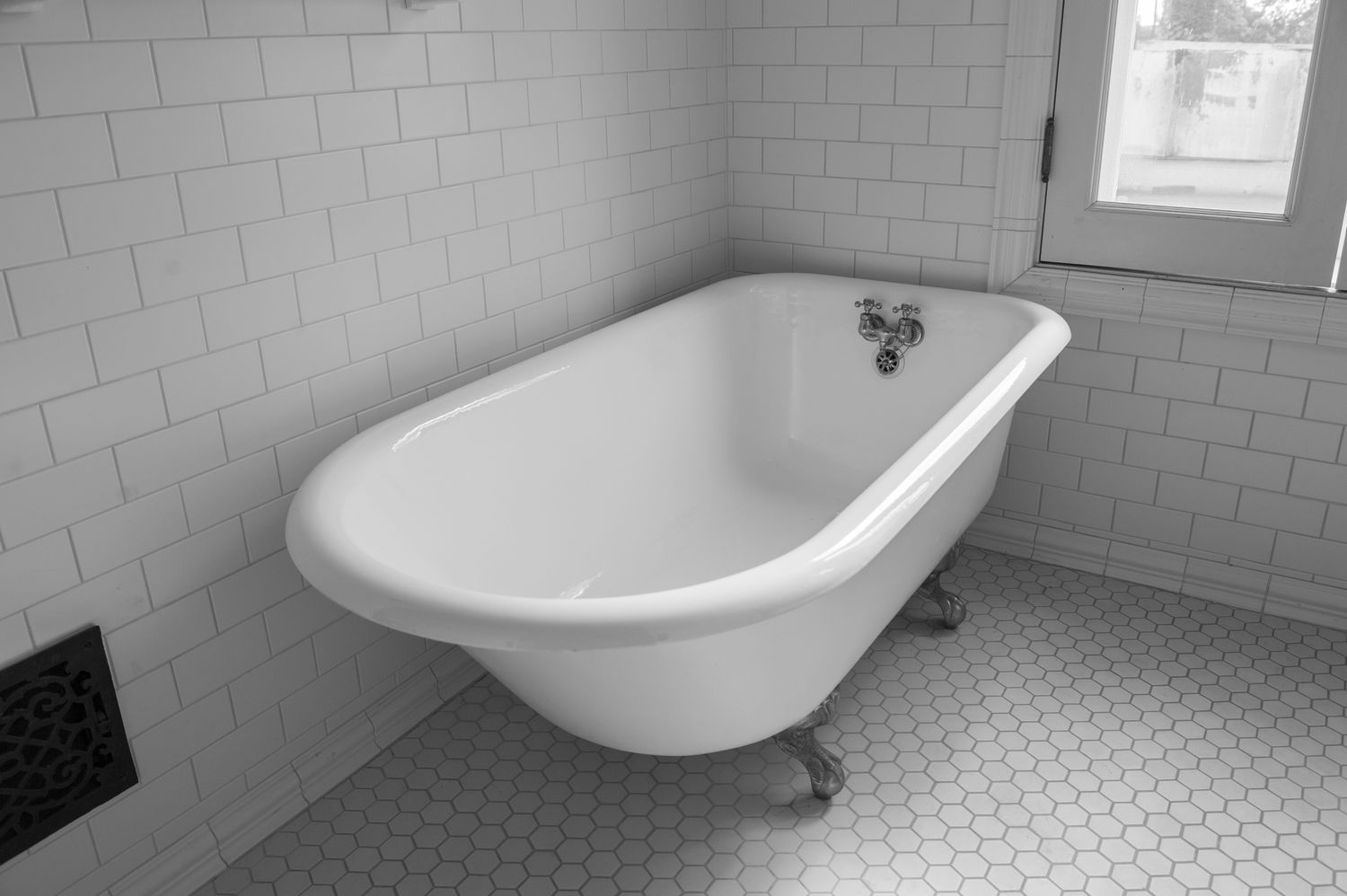
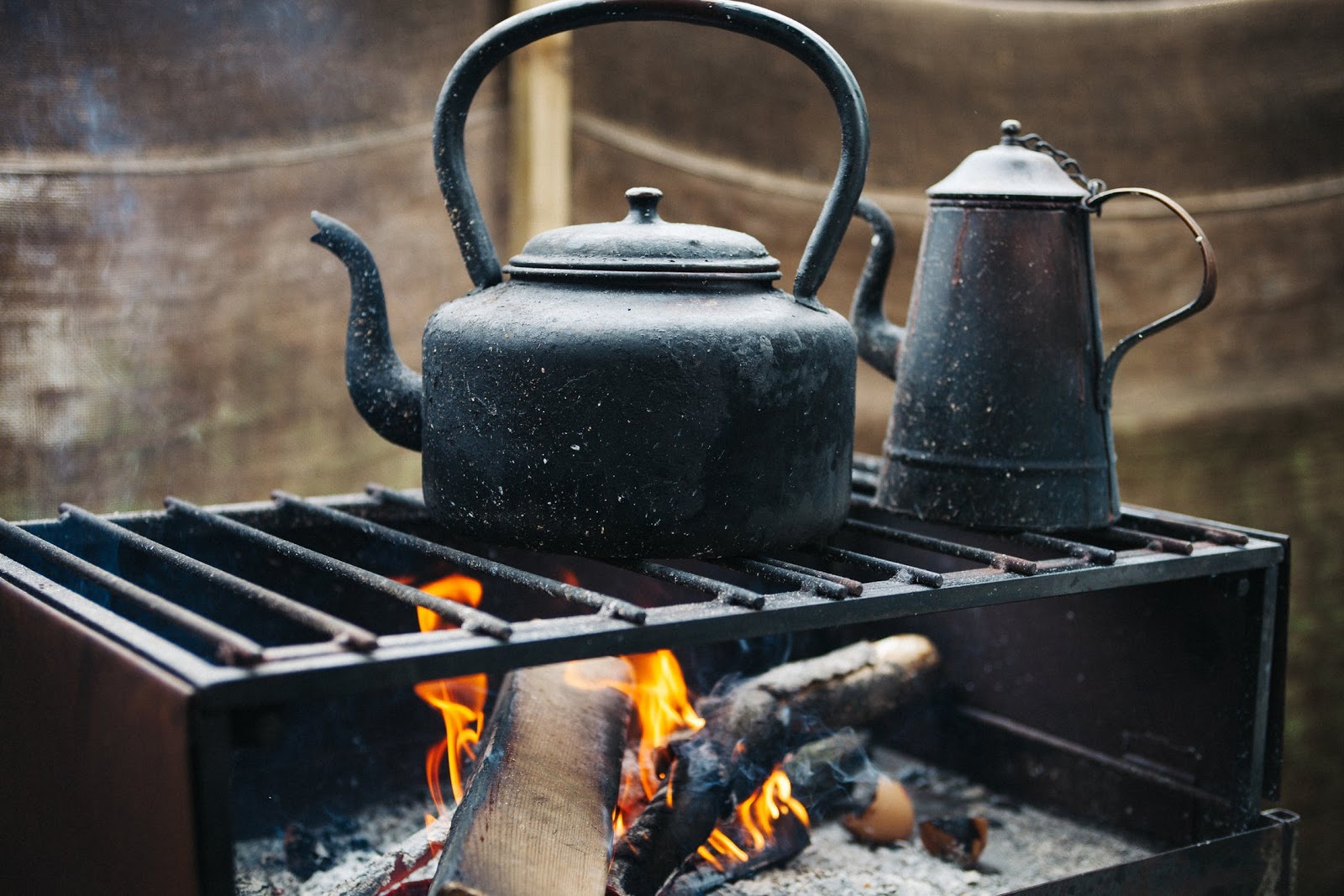
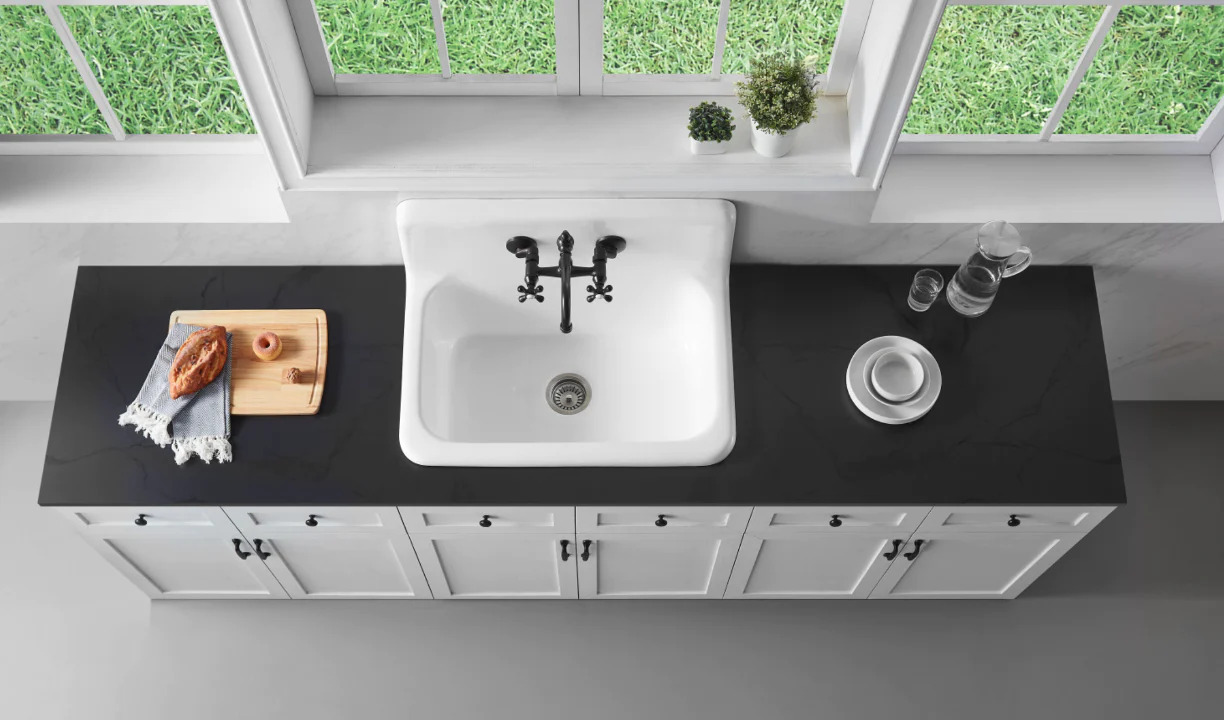
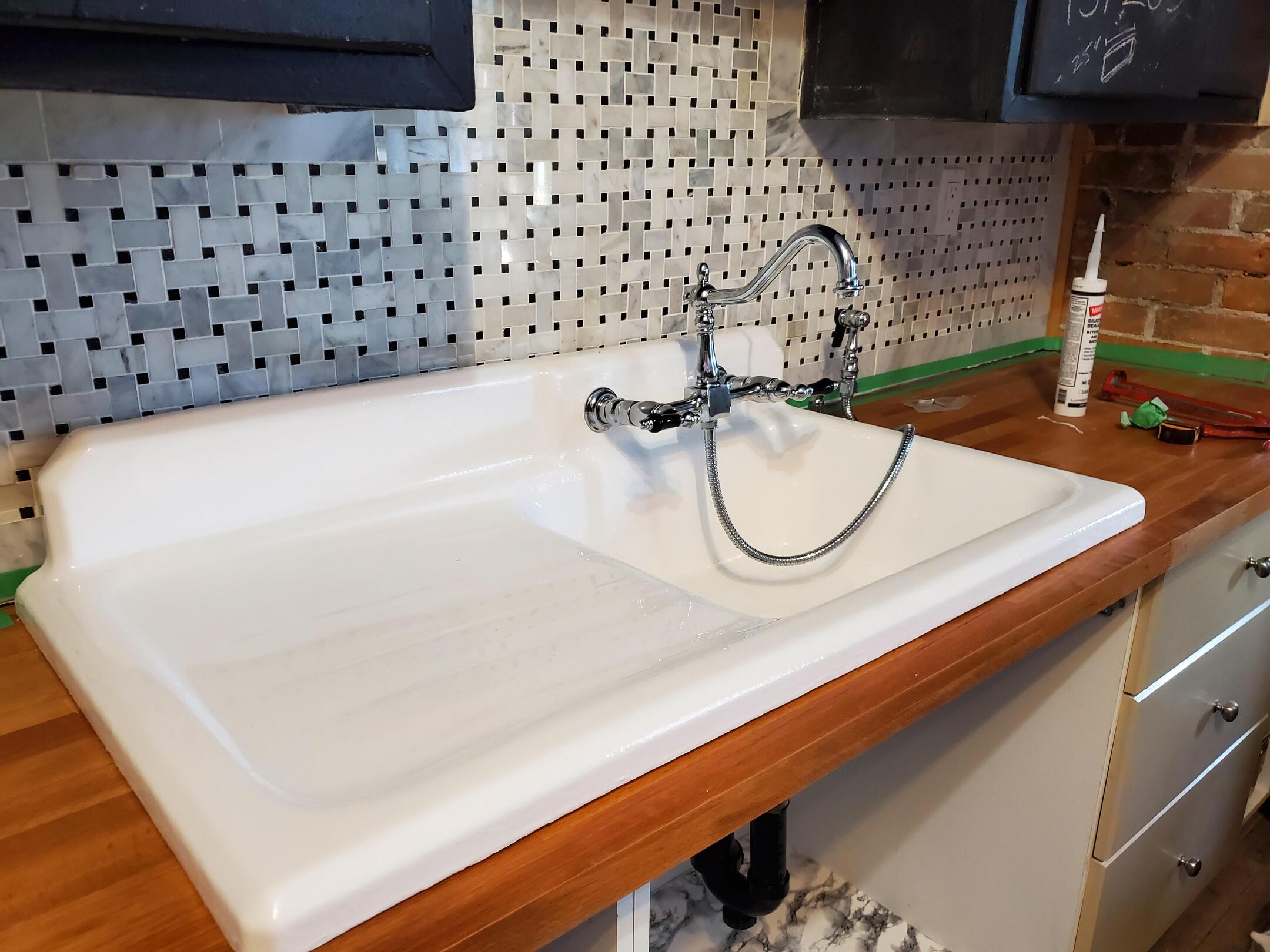

0 thoughts on “How To Store Cast Iron”